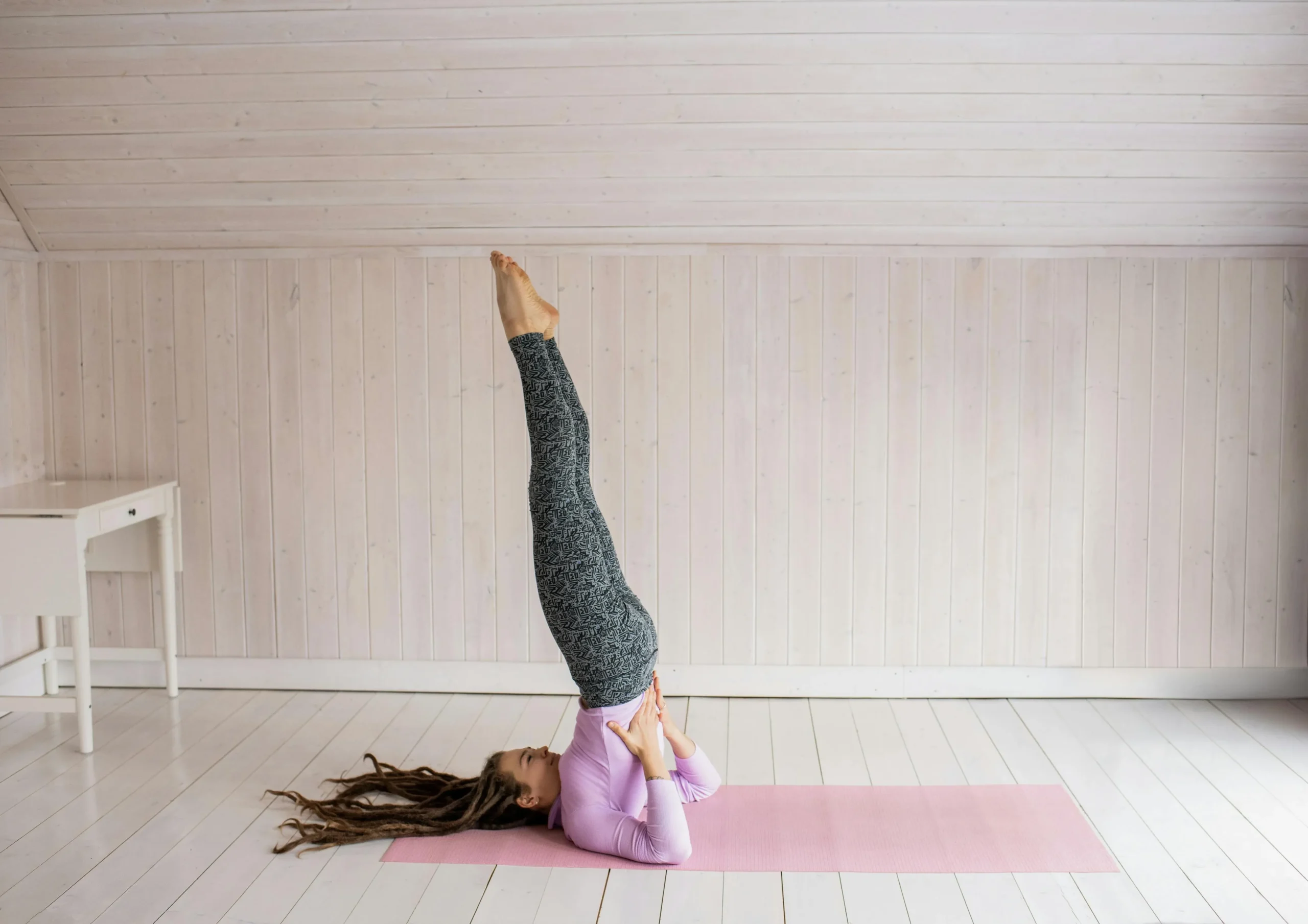In today’s fast-paced world, staying healthy is more important than ever. One effective way to maintain your health is through mindful movement practices. By incorporating mindfulness into your physical activities, you can not only improve your physical health but also enhance your mental well-being. In this comprehensive guide, we will explore how you can stay healthy with mindful movement practices and reap the numerous benefits they offer.
The Importance of Mindful Movement
Mindful movement involves paying close attention to your body and its movements while engaging in physical activities. This practice not only helps you stay present in the moment but also allows you to develop a deeper connection with your body. By being mindful of how your body feels during exercise, you can prevent injuries, improve your flexibility, and enhance your overall performance.
Benefits of Mindful Movement
- Enhanced Body Awareness: Mindful movement helps you tune into your body’s signals and cues, allowing you to make adjustments to your movements as needed.
- Reduced Stress: Engaging in mindful movement practices can help lower stress levels and promote relaxation, leading to a calmer mind and improved well-being.
- Improved Posture and Alignment: By paying attention to your body’s alignment during movement, you can correct any imbalances and prevent postural issues.
- Increased Strength and Flexibility: Mindful movement can help you build strength and flexibility by focusing on proper form and technique.
Read also: Achieving Optimal Health: Balancing Mental and Physical Wellness
Practical Tips for Incorporating Mindful Movement
Read also: Prevent Illness and Stay Healthy: Hygiene Tips
Now that you understand the importance and benefits of mindful movement, here are some practical tips to help you incorporate this practice into your daily routine:
1. Start with Simple Exercises
Begin by practicing mindfulness during simple exercises such as walking, stretching, or yoga. Focus on your breath, sensations in your body, and the movement itself.
2. Set Intentions
Before starting any physical activity, set an intention for your practice. Whether it’s to improve your flexibility, reduce stress, or simply enjoy the movement, having a clear intention can help you stay focused.
3. Listen to Your Body
Pay attention to how your body feels during movement. If you experience any discomfort or pain, adjust your movements accordingly or take a break to prevent injuries.
4. Practice Mindful Breathing
Integrate mindful breathing into your movement practice by synchronizing your breath with your movements. This can help you stay present and calm throughout your workout.
Conclusion
By incorporating mindful movement practices into your daily routine, you can take a proactive approach to your health and well-being. Whether you’re a seasoned athlete or a beginner, mindfulness can enhance your physical performance and overall quality of life. Start small, be patient with yourself, and enjoy the journey of exploring your body and mind through mindful movement.
FAQ
1. What are mindful movement practices?
Mindful movement practices are physical activities that emphasize awareness, focus, and intention throughout the movement. These practices often include yoga, tai chi, qigong, dance therapy, and Pilates, among others.
2. How can mindful movement practices benefit my health?
Mindful movement practices can improve physical fitness, reduce stress, enhance mental clarity, promote emotional well-being, and increase overall quality of life. These practices also help in improving balance, flexibility, strength, and coordination.
3. Is mindfulness an essential component of mindful movement practices?
Yes, mindfulness is a crucial aspect of mindful movement practices. It involves being fully present in the moment, paying attention to body sensations, breathing, and emotions while engaging in physical activity.
4. Can anyone practice mindful movement, regardless of age or fitness level?
Absolutely! Mindful movement practices can be modified to suit individuals of all ages and fitness levels. From gentle stretching to more vigorous movements, there are options for everyone to benefit from these practices.
5. How often should I engage in mindful movement practices?
Consistency is key when it comes to mindful movement practices. Aim for at least 3-5 sessions per week to experience the full benefits. However, even a few minutes of mindful movement each day can make a positive impact on your health.
6. What is the difference between yoga and tai chi?
Yoga is a practice that focuses on postures, breathing, and meditation to promote physical and mental well-being. Tai chi, on the other hand, is a martial art that involves slow, flowing movements to cultivate energy, balance, and relaxation.
7. Can mindful movement practices help alleviate chronic pain?
Yes, mindful movement practices have been shown to be effective in reducing chronic pain by improving flexibility, strength, and relaxation. These practices can also help individuals develop a better awareness of their bodies and manage pain more effectively.
8. Are there any specific precautions to consider before starting mindful movement practices?
It is always advisable to consult with a healthcare provider before starting any new exercise regimen, especially if you have any existing medical conditions or physical limitations. Additionally, listen to your body and only engage in movements that feel comfortable and safe for you.
9. Can mindful movement practices help with mental health conditions like anxiety or depression?
Yes, mindful movement practices have been shown to have a positive impact on mental health by reducing symptoms of anxiety, depression, and stress. The combination of physical activity and mindfulness can help calm the mind and improve overall emotional well-being.
10. How can I incorporate mindful movement practices into my daily routine?
You can integrate mindful movement practices into your daily routine by setting aside dedicated time for practice, joining a class or group for accountability, practicing mindfulness in everyday activities like walking or stretching, and exploring different styles of movement to find what resonates with you.
What is a professional’s opinion?
According to Dr. Mindy Fullilove, a renowned psychiatrist and expert in mind-body medicine, mindful movement practices offer a holistic approach to wellness by integrating physical activity with mindfulness. As a professional in the field, I highly recommend incorporating these practices into your daily routine for improved health and well-being.

